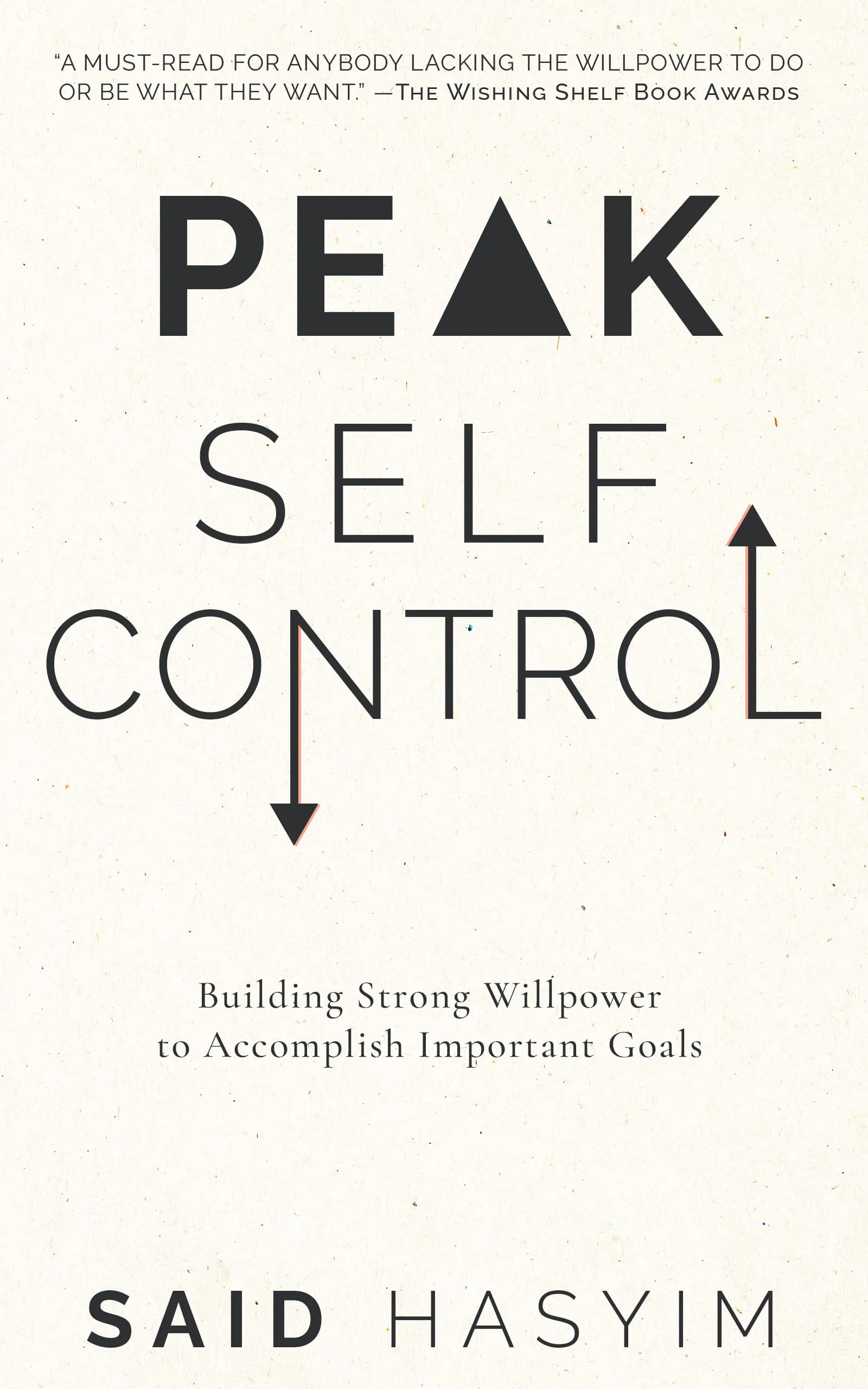Creating a Self-Discipline Action Plan
Self-discipline is a critical skill that significantly impacts all areas of our lives. Whether it's in the realm of personal development, work, or health, having the ability to stick to your goals is crucial for success. Creating a self-discipline action plan can help you prioritize and focus on your objectives while significantly enhancing your capacity for self-control and initiative. In this blog post, we will explore the steps to build your own self-discipline action plan.
Understanding Self-Discipline
Before diving into the actionable steps, it's important to understand what self-discipline truly means. Self-discipline is the ability to control your emotions, behaviors, and desires in the face of external demands, to achieve a greater goal. It’s about fostering the inner strength to push through challenges and setbacks, staying committed to your objectives, and not giving in to distractions.
Step 1: Define Your Goals
The first step in creating a self-discipline action plan is to set clear, specific, and achievable goals. Here are some tips to guide you in this stage:
SMART Goals
Use the SMART criteria when defining your goals:
- Specific: Make sure your goals are clear and specific.
- Measurable: Define how you will measure progress and success.
- Achievable: Ensure that your goal is attainable given your current situation and resources.
- Relevant: Choose goals that matter to you and align with your long-term objectives.
- Time-bound: Set a deadline to create a sense of urgency.
Example:
Instead of saying, "I want to get fit," a more specific goal would be, "I will exercise for 30 minutes, five days a week, for the next three months."
Step 2: Analyze Your Current Habits
Next, take the time to evaluate your current habits and routines. This assessment will help you identify the areas where self-discipline may be lacking.
Self-Reflection Questions
Consider answering some of the following questions:
- What are my current habits that support my goals?
- Where am I falling short in my self-discipline?
- What distractions or obstacles do I regularly face?
- How do my habits align with my values and goals?
Document Your Findings
Jot down your observations. Write down any patterns you notice, as this will allow you to pinpoint areas that require improvement and support your self-discipline journey.
Step 3: Implement Positive Habits
Building new, positive habits takes time and consistency. Transitioning from old habits to new ones involves practice and patience. Here are some techniques to help you:
Start Small
- Break your goals into smaller, manageable tasks. Focus on one small change at a time.
Create a Routine
- Establish a daily routine around your goals. Consistency is critical when forming new habits.
Accountability
- Share your goals with someone who can hold you accountable. Accountability can often provide the additional push needed to stay disciplined.
Use Reminders and Tools
- Utilize tools like calendars, apps, and to-do lists to help you stay organized and on track. Visual reminders can also help reinforce your commitment.
Step 4: Create a Rewards System
Incorporating rewards into your self-discipline action plan can enhance motivation and provide positive reinforcement. Here’s how to establish an effective rewards system:
Small Rewards
- Celebrate small wins as you make progress toward your goals. This could be treating yourself to a favorite snack, taking a break, or watching an episode of your favorite show after completing a workout.
Major Rewards
- Set milestones along the way that lead to more significant rewards when reached. This could be buying something you've wanted after achieving a long-term goal.
Step 5: Track Progress and Adjust
Monitoring your progress is essential in maintaining motivation and discipline. It helps you see how far you’ve come and where you need adjustment.
Reflection Journals
- Keep a journal where you can write about your journey. Reflect on what’s going well and what may need more attention.
Regular Check-Ins
- Schedule regular check-in points (weekly or monthly) to assess your overall progress. Use this time to analyze what you've learned and what new strategies might be necessary.
Step 6: Develop Resilience and Handle Setbacks
Discipline doesn't mean perfection; obstacles will arise. Building resilience is a crucial part of maintaining your self-discipline.
Accept Imperfection
- Understand that setbacks are part of the journey. Don’t be too hard on yourself when things don’t go as planned.
Analysis of Setbacks
- When you face a setback, analyze it critically. What caused it? What could have been done differently? Use that insight to reinforce your future actions.
Recommit
- When you fall off track, recommit to your goals. Acknowledge that it's okay to stumble and simply get back on course.
Conclusion
Creating a self-discipline action plan is about setting clear goals, understanding your habits, implementing positive changes, rewarding yourself, and continually assessing your progress. With commitment, resilience, and flexibility, you will be better equipped to cultivate self-discipline and achieve your aspirations. Remember, self-discipline is not a trait you are born with; it's a skill that can be developed over time. Embrace the journey, and enjoy the process of growth and self-improvement!
By following these steps, you’ll not only enhance your self-discipline but will also learn more about yourself in the process. So, begin today—take that first action toward creating the life you desire!
Start Mastering Self-Discipline Today
Discover Peak Self-Control, a practical book to mastering self-discipline. Break free from distractions, build healthier habits, and improve your relationships. Gain effective strategies to enhance your willpower and make meaningful life changes, even amidst a busy schedule. Small adjustments can lead to significant improvements in your daily routine.
